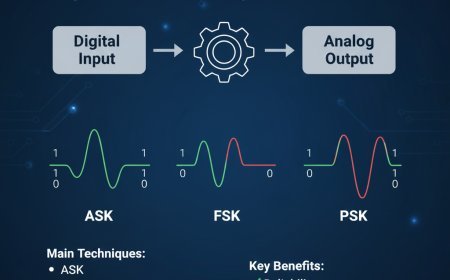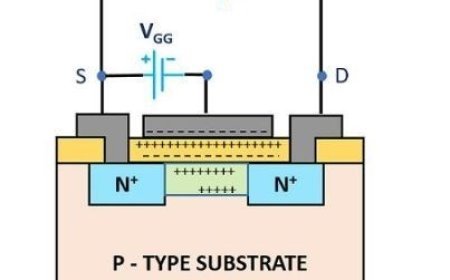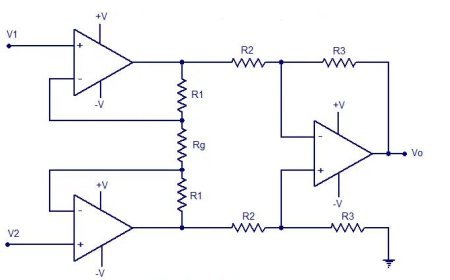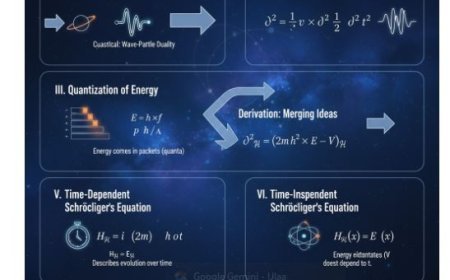Introduction to Particle Accelerators
Particle accelerators are machines that use electromagnetic fields to speed up charged particles like protons and electrons. Two key types are the cyclotron and synchro cyclotron, which accelerate particles in circular paths using magnetic and electric fields. Cyclotrons are compact and efficient, ideal for producing medical isotopes and conducting nuclear research. Synchro cyclotrons, with variable frequencies and stronger magnetic fields, can achieve higher energies, making them perfect for cancer treatment and advanced physics experiments. This article explores how both accelerators work, their uses, and their advantages.
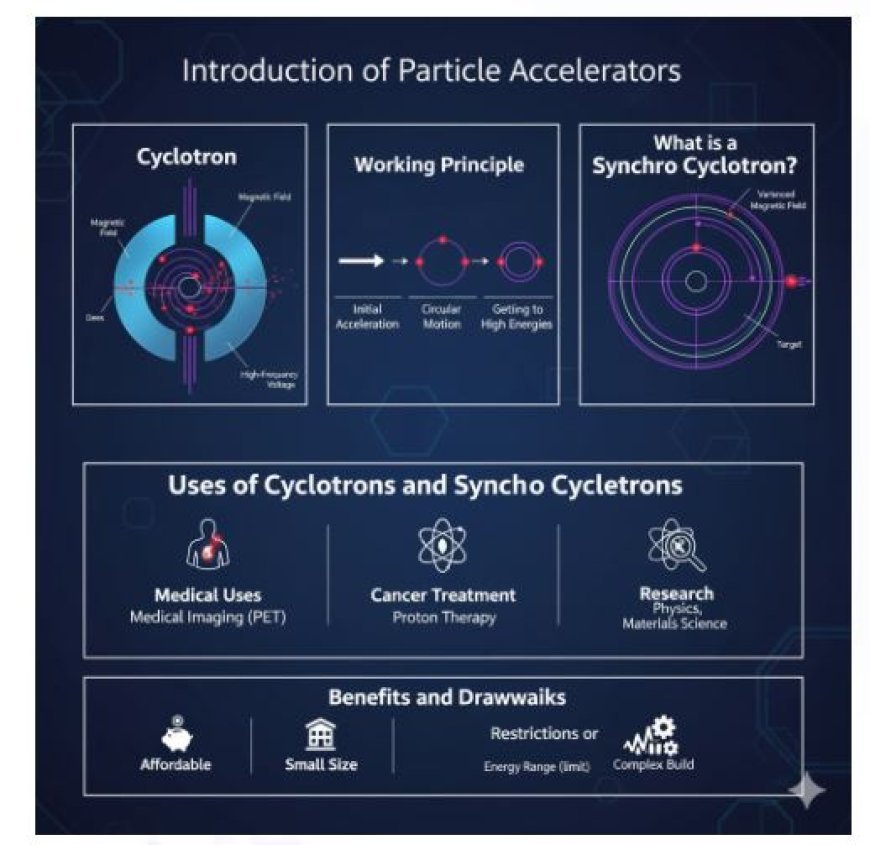
Introduction to Particle Accelerators
Particle accelerators are machines that use electromagnetic fields to drive charged particles to high speeds. The cyclotron and synchro cyclotron are two key types of accelerators. They are used in various areas like nuclear physics, health, and materials science.
Cyclotron
A cyclotron is a device that speeds up charged particles like protons and ions by making them move in circles.
Key Parts
- Dees: The cyclotron has two circular metal containers called "dees" shaped like the letter D. The two "dees" are positioned back-to-back, forming a space where particles can move.
- Magnetic Field: A strong magnetic field is placed perpendicular to the direction of the dees. The magnetic field is important because it makes charged particles move in a circle.
- High-Frequency Voltage: A rotating voltage is used on the dees, which speeds up the particles every time they move between the dees.
Working Principle
- Initial Acceleration: When a charged particle enters the cyclotron, it is accelerated by the electric field formed by the changing voltage. This provides the particle with a starting speed.
- Circular Motion: As the particle moves in the dees, the magnetic field changes its direction, making it spin outward and go faster. Every time the particle moves between the dees, it gains extra energy.
- Getting to High Energies: The particle gains energy and moves outward until it hits the target energy level. At that stage, it can be sent out of the cyclotron for research or medical use.
What is a Synchro Cyclotron?
The synchro cyclotron is an improved type of the regular cyclotron made to fix some of its problems, especially when it comes to speeding up particles to high energies.
Main Features
- Variable Frequency: The synchro cyclotron changes the frequency of the oscillating voltage to keep up with the speeding particles. This helps the particles speed up more effectively as they gain energy.
- Enhanced Magnetic Field: In a synchro cyclotron, the magnetic field gets stronger as the particles move faster. This lets the machine handle higher energy levels.
Functioning of Synchro Cyclotron
- Energy Increase: The synchro cyclotron begins by speeding up particles at a constant frequency. As particles move faster, the device instantly changes the frequency of the electric field.
- Continuous Acceleration: This ongoing change makes sure that particles keep getting the energy boost they need as they move outward in a circle. This helps them reach higher energy levels compared to a regular cyclotron.
- Using Higher Energies: After the particles achieve the desired energy level, they are collected for different uses, like treating cancer with proton therapy or for studies in particle physics.
Uses of Cyclotrons and Synchro Cyclotrons
Cyclotrons and synchro cyclotrons are used in many different fields:
- Medical Uses: Cyclotrons are widely used to make isotopes for positron emission tomography (PET), a type of medical imaging.
- Cancer Treatment: High-energy particles from synchro cyclotrons can focus on tumors accurately, which helps protect nearby healthy tissue from damage.
- Research: These tools are important in nuclear physics and materials science because they help scientists study basic particles and understand how materials behave in different situations.
Benefits and Drawbacks
Benefits
- Affordable: Cyclotrons usually cost less than bigger particle accelerators, such as synchrotrons.
- Small Size: They take up less room, which is great for medical buildings.
Restrictions or Boundaries
- Energy Range: Traditional cyclotrons have a limit on the highest energy possible due to relativistic effects, which is where synchro cyclotrons come into play.
- Complex Build: Synchro cyclotrons are more complicated to build and operate than cyclotrons.
What's Your Reaction?












